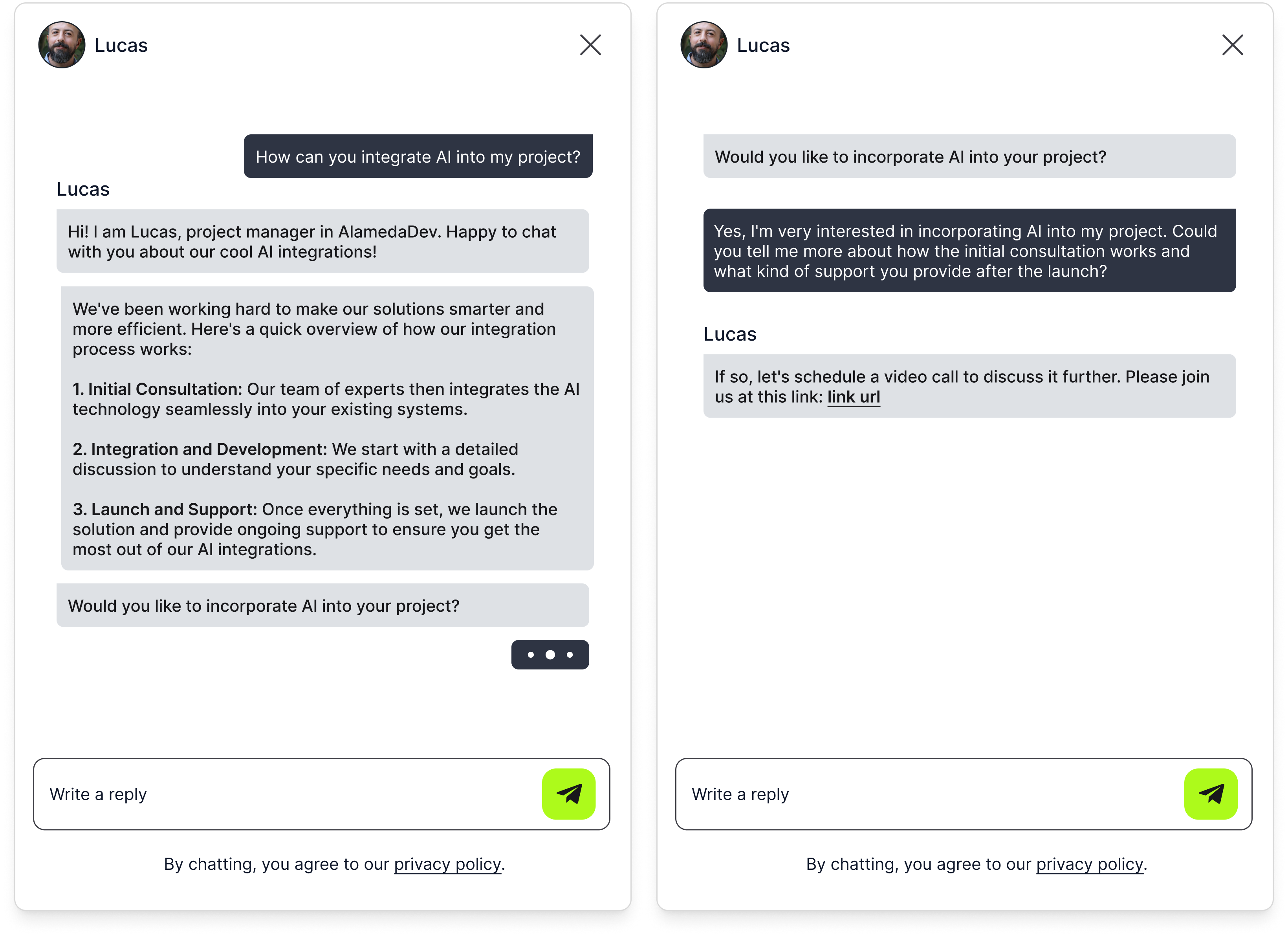Research Analysis with AI
Introduction
When working on the Gathersight project, we identified areas where processes could be automated and improved. This led us to explore AI-based solutions. Full project details: here
Two key functionalities stood out: the need to classify and compile research papers efficiently and the ability to generate questions from user-provided text. Designed to simplify document preparation for experts and organizations alike.
The Challenge
Articles Sourced from the Web
Manually sorted into topics like sustainability and governance.
Result: Errors and delays.
Generating Questions
Required significant expertise and manual effort.
Result: Limited scalability.
Lack of Organized Expert Profiles
Made it hard for organizations to connect with specialists.
Overwhelmed Manual Workflows
Growing demand for insights exceeded capacity.
How We Implemented AI
Step 1: Gathering the Right Data
Web-Sourced Research Articles
50,000 articles from online sources trained categorization algorithms.
ESG Labels
5,000 labeled entries refined topic classification.
User Project Descriptions: A transformer model was used with a prompt containing examples to refine its output. This approach generated accurate and precise questions suitable for expert review.
Data preparation included:
Breaking text into manageable units (tokenization).
Standardizing terms (normalization).
| Data Type | Format | Volume | Purpose |
|---|---|---|---|
| Research Articles | Web Content | 50,000 | Train categorization models |
| ESG Labels | JSON | 5,000 entries | Fine-tune supervised learning algorithms |
Step 2: Building the Models
Generating Questions Transformer models (e.g., BERT) were fine-tuned to generate relevant, structured questions from user inputs.
Categorizing Articles Supervised learning algorithms:
Identified patterns for accurate categorization.
Standardized data for consistent performance.
Creating Expert Profiles The AI system compiled categorized articles into expert profiles with:
Personalized feeds of published research.
Highlighted areas of expertise.
Tools for organizations to follow and collaborate with specialists.
Step 3: Integrating into the Workflow: The system was integrated into the Gathersight platform:
Users upload project descriptions.
AI processes the input, generating questions and categorizing articles.
Tools for organizations to follow and collaborate with specialists.
Articles are linked to expert profiles, helping organizations connect with relevant specialists.
Insights and expert recommendations are delivered instantly.
Step 4: Testing and Refining Post-deployment testing included:
Validating models with new data.
Using user feedback to refine question-generation and categorization.
Results
Categorization time reduced by 85%.
Simplified expert searches, improving collaboration.
Scaled to handle growing data and user needs.
Other Projects.
Call Analysis for Scoring and Compliance
Optimize call center performance with AI-driven precision. By analyzing sentiment and compliance in phone call data, our solution identifies key emotional cues, ensures adherence to regulatory standards, and unlocks sales opportunities. This approach enhances communication strategies, minimizes risks, and scales operations effortlessly.
Speech to Text Transcription
Speech Recognition
Summarization
Sentiment Analysis

AI-Powered Conversational Chatbot
We developed a conversational chatbot for a leading e-commerce company, capable of managing both text and voice queries with precision. The system was tailored to address specific topics, ensuring accurate and efficient responses.
Natural Language Processing
OCR
Document Parsing
